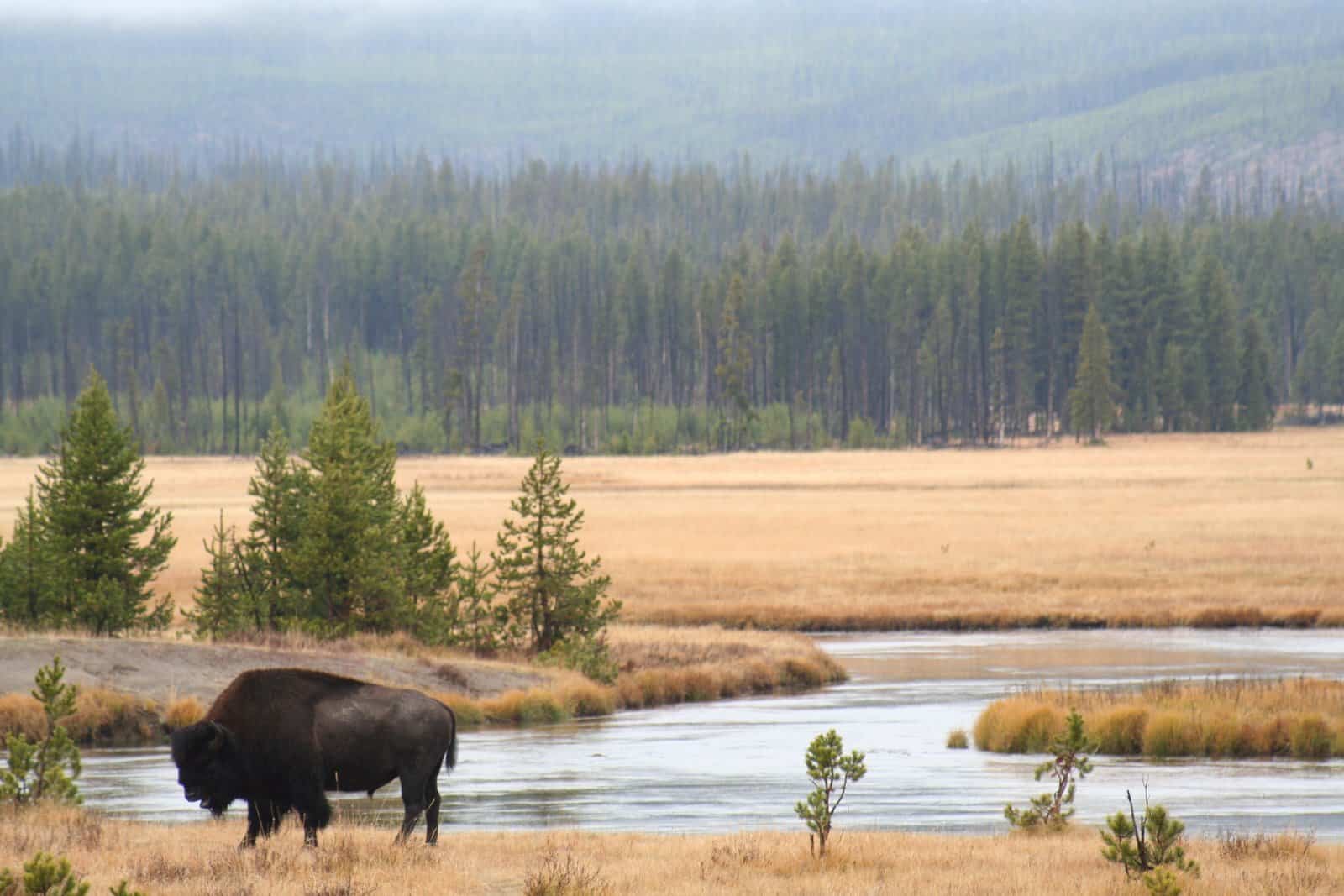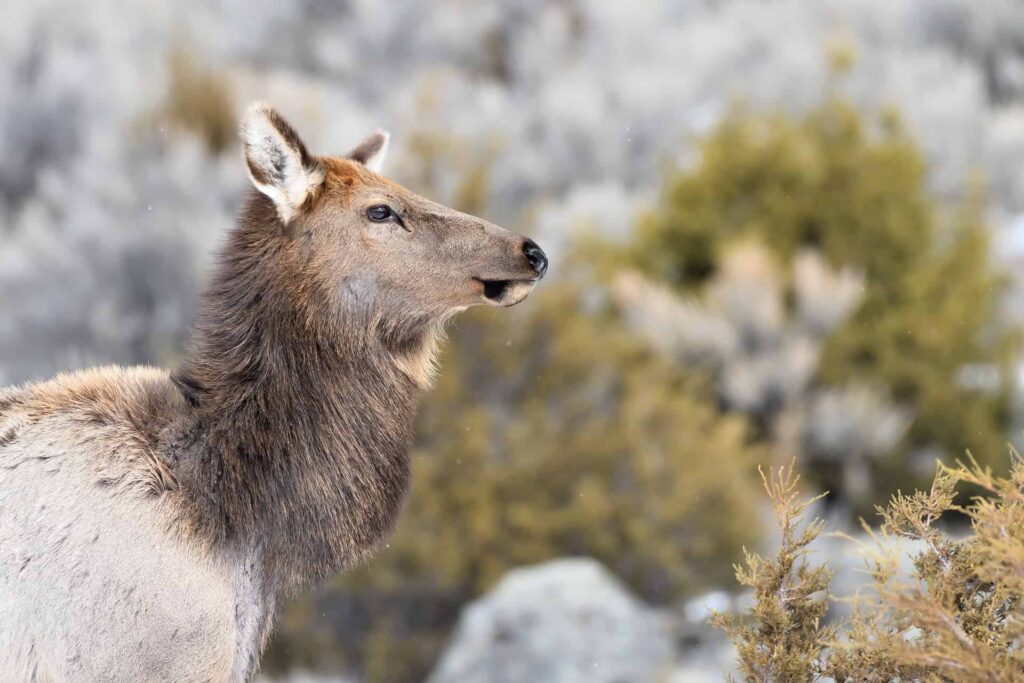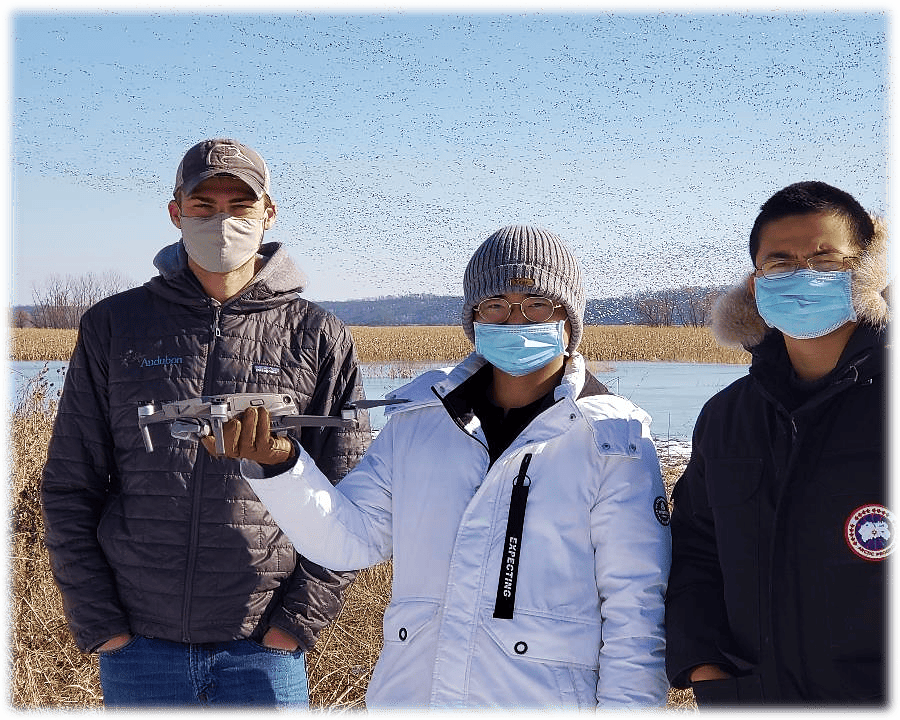
The U.S. Fish and Wildlife Service has announced four proposed rule changes that will narrow the definitions of critical habitat and alter criteria for listing or delisting a species under the Endangered Species Act (ESA).
The revision package would largely reinstate earlier standards enacted by the first Trump administration.
The U.S. Fish and Wildlife Service (USFWS) also states that rule changes are in line with the Supreme Court’s Loper Bright Enterprises v. Raimondo decision, the court ruling which overturned Chevron deference. Chevron deference was the prior established legal principle from the 1984 Supreme Court case Chevron U.S.A., Inc. v. Natural Resources Defense Council, Inc., stating that courts should defer to a federal agency’s reasonable interpretation of an ambiguous law that the agency is responsible for administering, rather than substituting the court’s own judgment. Since the Chevron deference was overturned, courts must now look to the plain text of the law and exercise independent judgment in deciding whether an agency has acted within its statutory authority.
Together, the four proposed changes would reshape critical habitat designation, review of federal projects, and threatened species protection.
During the first Trump Administration, TWS expressed concerns about many of these proposed changes, highlighting the “potential negative impact on wildlife professionals’ ability to advance the conservation of species listed under the ESA through science-based management and conservation.” Conversely, USFWS Director Brian Nesvik said the proposals “reaffirm our commitment to science-based conservation that works hand in hand with America’s energy, agricultural and infrastructure priorities.”
Listing and delisting species
The USFWS and the National Oceanic and Atmospheric Administration’s (NOAA) National Marine Fisheries Service (NMFS) proposes changes to regulatory text governing how species are listed, delisted, or reclassified under the ESA that mimic text from 2019. The changes in the ESA text will also alter designation of critical habitat and interpretation of the term “foreseeable future.”
The delisting standard would return to the 2019 definition, which removed explicit references to “recovery” as a basis for delisting. Under the proposed rule, delisting would require one of the three circumstances:
- The species is extinct
- The species no longer meets the definition of endangered or threatened
- The listed population doesn’t meet the ESA’s definition of a “species”
Currently, listing, delisting and reclassification must rely on the best scientific and commercial data available “without reference to possible economic or other impacts of such determination.” The proposed rule change would remove “without reference to possible economic or other impacts of such determination,” signaling that agencies may acknowledge or discuss economic impacts when presenting listing decisions, although the ESA still prohibits economic factors from influencing the determination itself.
Critical habitat designations
Critical habitat is the land or water a species currently occupies and, in some cases, areas it does not currently occupy but that are essential for the species’ conservation. The ESA mandates that a federal agency must avoid destroying or adversely modifying designated critical habitat. The ESA requires that critical habitat be designated to the “maximum extent prudent and determinable.” The proposed rule would expand the circumstances under which the USFWS and NMFS could conclude that designating critical habitat for a species is not prudent. This could make it more likely that listed species will receive no critical habitat designation in some circumstances.
The proposal would also restore a two-step process for designating and protecting unoccupied critical habitat, areas where a species does not currently live but would be beneficial for the species recovery. To designate such areas, the USFWS and NMFS must first determine that occupied habitat is insufficient for recovery. Secondly, they must demonstrate that unoccupied areas are essential for that recovery. In the proposed rule change, the agencies state “Congress has also made clear that it intended for designation of unoccupied areas as critical habitat to meet a higher standard than designating occupied areas.”
Critical habitat exclusions
A separate proposed rule in this package outlines how economic, national security, and other impacts are weighed when considering whether to exclude areas from a critical habitat designation. Under the ESA (Section 4(b(2))), the agency may choose not to include an area if the costs of designation outweigh the conservation benefits “unless the Secretary determines that the exclusion will result in the extinction of the species concerned.”
The proposed rule states that exclusion analysis will be performed either when a proponent of excluding the area has presented credible information in support of the request or when the Secretary exercises his or her discretion to evaluate any area for potential exclusion. The ESA does not define how impacts must be weighed. As long as the exclusion analysis considers all relevant impacts consistent with the Administrative Procedure Act (APA; 5 U.S.C. 551 et seq.), which dictates how agencies make decisions, the ESA affords the Secretary broad discretion in deciding whether exclusion is appropriate.
Reinstating the definition of “foreseeable future”
The agencies propose returning to an earlier interpretation of “foreseeable future,” based on a 2009 memorandum opinion from the U.S. Department of the Interior. Under the proposal, foreseeable future would extend only as far as scientists can reasonably determine that future threats and species’ responses to those threats are likely.
Because many climate-driven impacts occur over long time frames, this narrower definition may limit the extent to which climate change and shifting species distributions can be incorporated into listing decisions for threatened species.
Calling on wildlife professionals to weigh in
The Wildlife Society (TWS), in its Issue Statement on the U.S. Endangered Species Act, supports listing decisions and critical habitat designations based solely on the status of the species in question, as supported by best-available knowledge, and opposes listing justifications influenced by economic and political consideration. TWS supports clear, transparent rules that ensure critical habitat is designated where needed.
These proposed rules expand circumstances where designations of species status and critical habitat are more discretionary and can be circumvented. Affording this increased discretion introduces uncertainty into conservation decision making and risks allowing non-scientific consideration to overshadow rigorous biological analysis. Weakening critical habitat provisions and deemphasizing recovery plans indeed may slow recovery and hinder eventual delisting.
Comments on listing, delisting and general critical habitat designation can be made here. Comments on critical habitat exclusions can be made here. The comment period opened November 21, 2025, and will close Dec 22, 2025.
This story kicks off a series breaking down each proposed change, outlining how it will impact species and managers.



















